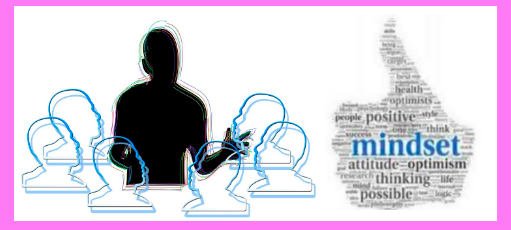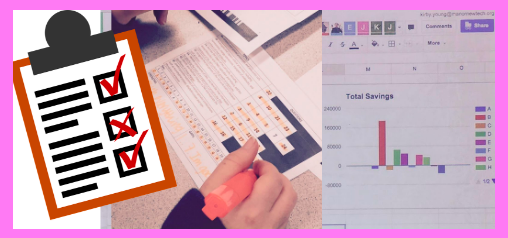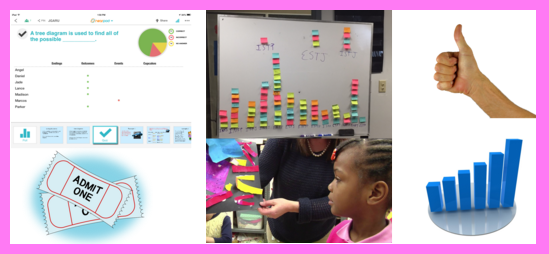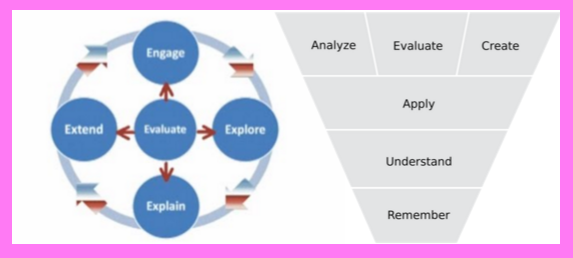
Brittian, Heidi, and Tricia McCarthy. “Difficult Conversations.” Region 13 Instructional Coaching Network. Austin. 15 Dec. 2015. Lecture.


Why do we settle for unreal conversations
- fear of vulnerability
- ignorance – think everything is fine
- confusion about power
- discomfort
- afraid to hurt feelings
- fear of unknown
- fear of conflict
- job secuirty
Heavy vs Light Coaching:
- Light coaching: builds trust, forms baseline trust needed for heavy coaching, tends to be more positive
- Heavy coaching: data driven, pushes people out of comfort zones, can involve respectful disagreements, can lead to changes that improve student learning, involve more questions that get to the heart of issues
7 Principles for Difficult Conversations:
- Master the courage to interrogate reality:
- identify issues and possible solutions
- check for understanding and agreement
- be aware of the similarities and differences between the official truth versus the truth-on-the-ground
- Come out from behind yourself into the conversation and make it real
- Be present
- Tackle toughest challenge today
- Don’t trust your instincts, obey them
- Listen to your internal voice for content and emotional content
- Remember the emotional cup: bad feelings tend to settle to the bottom and positive emotion rise; bad emotions can emerge in stressful situations
- Take responsibility for you emotional wake
- What do you want people to remember?
- What leaves a wake? (What’s said and not said)
- Let silence do the heavy lifting
- Allow for silent thinking time
8 Difficult Conversation Mistakes:
- Doing most of the talking
- Taking problem away from someone
- Not asking about feelings
- Being unclear
- Allow interruptions
- Canceling meeting
- Running out of time
- Assuming conversation was effective without gathering feedback
Other Tips:
- Opening fist exercise – remember it’s human nature to resist giving up control
- Ask yourself – is it more important to be right or to do right?
- Script conversation – write out what’s the issue? what are the impacts of the issue? What feelings are connected to the issue?
- Be compassionate
- Acknowledge own feelings and perceived feelings

Teachers and administrators will have opportunities to right situations by skillfully managing difficult conversations. Managing these conversations skillfully with students can model for them how to discuss the indiscussables in ways that are productive. Having difficult conversations is hard. Having a game plan and principles to apply will increase the odds of skillfully participating in difficult conversations.
Students need to learn how to have difficult conversations in order to become more effective team members. The pitfalls and principles can be taught to students in order to teach them how to discuss the indiscussables.

Preparation Steps
- Plan/script some thoughts related to difficult conversation
- Schedule a time for difficult conversations that will be free of interruptions
Early Implementation Steps
- Engage in difficult conversation – be present, listen carefully, apply principles above
- Check in with conversation partner to see if he or she thinks conversations went well and why
- Help conversation partner think aloud and develop next steps
Advanced Implementation Steps
- Teach students 7 principles of difficult conversations and 8 pitfalls
- Create opportunities for students to practice difficult conversations before they occur for real – they can roleplay typical scenarios that arise in projects. Examples include: student is too bossy, student is not contributing a lot to group, student is often off task, student is often absent and behind on work. Have students practice conversation while others watch and take notes. Have observers offer suggestions to improve conversation.























